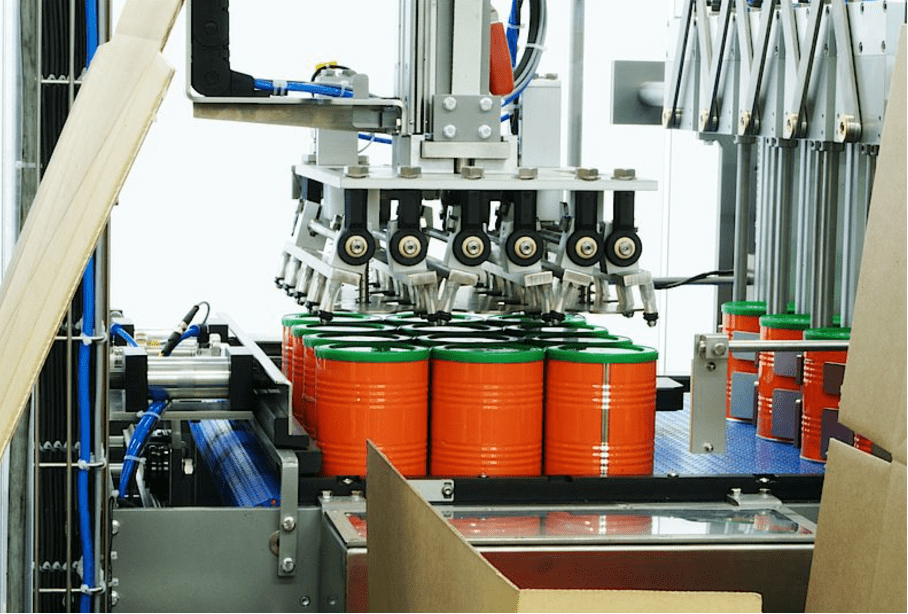Unemployment is steadily increasing. There are many reasons for this imbalance, but one of the most important is demographic change. In the coming years, more and more people will retire and fewer will enter the labour force. This will further exacerbate the problem of the shortage of skilled workers. The packaging industry will not be spared. Automation can be part of the solution. By automating routine tasks, companies can free up more time and resources to build highly skilled teams. At the same time, they can save costs and increase their competitiveness. But is it really that simple?
Skill shortage – what does it mean?
Skills shortage refers to a lack of qualified employees, not a lack of potential workers. As a result, there is a lack of staff with adequate training and some professional experience.
In addition to the demographic changes already mentioned, reasons for this include the “devaluation” of the apprenticeship industry relative to academic training, which has contributed to the shortage of skilled workers and led to this imbalance.
Solving skills shortages based on automation?
Unfortunately, things are not quite that simple. Companies can use a variety of software systems to automate their processes and free up time for repetitive processes. Automation mainly concerns simplified processes, such as replying to similar or identical emails, sending different links or simple data transfers.
On the one hand, this saves employees time and, on the other, allows them to handle more demanding tasks. So instead of completely replacing employees with automation, the idea is to free them up with simple processes and free them up for more complex tasks. In the packaging sector, this also increases the occupational safety of employees, as most operations can be automated during packaging or filling, while also simplifying or even speeding up the process. This can be lucrative for the company and can also lead to an increase in the number of orders and more projects can be accepted.
This leaves more time for professionals to focus on areas where they can successfully apply their knowledge, skills and actions. Employees can also be redeployed within the company. By automating certain areas, the attractiveness of a job can also increase.

